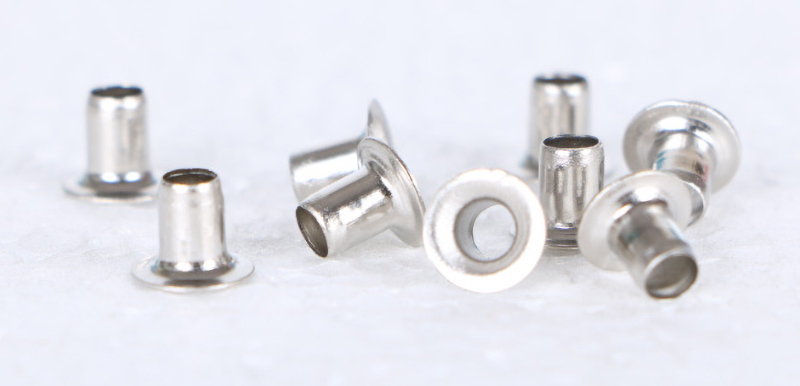
In construction, strength and the ability to withstand external environment features are among the crucial aspects. Due to the increasing demand for durable metal rivets, which can provide robust connections throughout the entire building process, these rivets can be found in almost every construction project. In this paper the benefits, utilization, and the function of the metal rivets in today construction works is discussed.

Indications of Use of Metal Rivets in Construction
Metal rivets are utilized when two or more materials need to be joined, most often in connections metal to metal, or metal and wood, and therefore they will be the best solution for any projects that requires quicker and reliable and permanently strong joint. Their toughness and ability to bear high wait and pressures make them crucial in the construction of buildings, from high rise structures to deep bridges.
Unmatched Reliable and Rugged
The single most factor which affects the decision to use metal rivets in construction is their long lasting properties. Rivets unlike screws and bolts create a dead-tight connection which does not affect the structural components and the fasteners themselves, over long times or extreme vibrations. They are most suited for the structures where high wind, traffic and other forces are factors.
Corrosion Resistance of Metal Rivets Under Extreme Weather Conditions
In the same vein, while it should be acknowledged that some construction works can be completed under less than ideal conditions, many projects will inevitably involve exposure to the elements. Durable metal rivets are commonly constructed from materials such as stainless steel, aluminum, or brass to allow for their structural stability in moist or corrosive conditions. This minimizes maintenance and costly replacements.
Industries Using Durable Metal Rivets
The use of rivets has also cut across industries including, but not limited to, the following:
Structural Steelwork: Metal rivets play an important role in connecting large steel frames and beams and, as such, need to withstand the test of time and use.
Bridges and Highways: Rivets find utility in such projects due to their strength and help in creating a strong, stable connection.
Machinery and Heavy Equipment: The need for rivets for machines and their parts is essential, with the rivet’s vibration holding capacity and strength adding to the overall stability of the equipment.
Aerospace and Marine Construction: Marine and aerospace construction often uses metal rivets, specifically those that have corrosion-resistant properties, in which the rivets are subject to water, salt, and other extreme conditions.
The Benefits of Choosing Quality Metal Rivets
More expense in quality metal rivets means much higher effectiveness for the safety and durability of the construction work. Quality rivets call for less maintenance requirements, are reliable under the toughest of conditions, and do not look messy. This specific area is very useful for projects’ such as tall buildings, monuments and bridges, where beauty and strength together matter.
Conclusion
The construction industry has long since appreciated the real and strong metal rivets due to their durability and reliability even in extreme weather. While the construction requirements continue to grow, the use of these metal rivets is expected to increase as they offer powerful bonds. Metal rivets are still the best go-to option for contractors and civil engineers who aim at extending the life span of the projects. This places importance of quality materials in construction works is rightly emphasized.